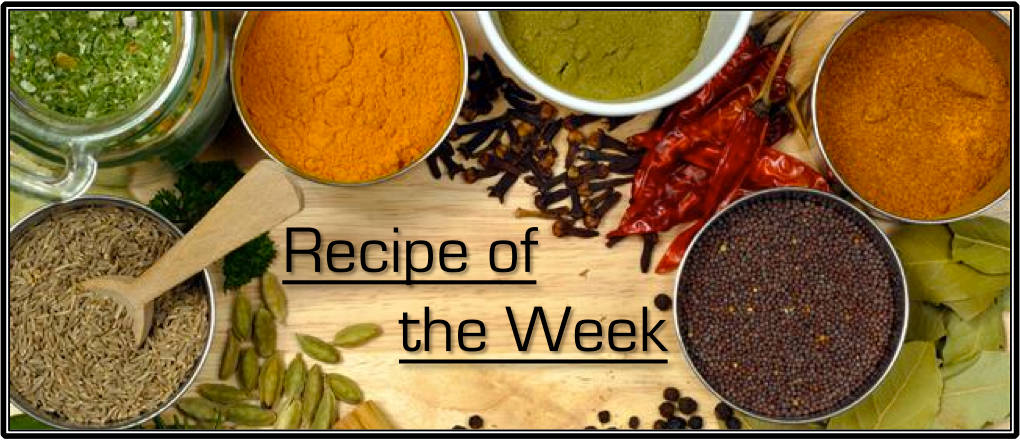The following recipe for Hillbilly Collard Greens was kindly submitted by SurvivalBlog reader Animal House.
Ingredients
- 2 qts of beef broth
- 1 clove of garlic diced
- 1 medium onion diced
- salt and pepper to taste
- 1 or 2 cans of diced tomatoes and green chilies
- 5 to 6 pounds of fresh collard greens, stemmed and cut into bite size pieces
- 1 TBS brown sugar (optional, for children)
- 1 pound of sliced polish sausage
Directions
The following are directions for cooking this for a dinner, as well as those for pressure canning
With either, use a large dutch oven (or slow cooker) to simmer collards.
Directions For Dinner:
Add beef broth, diced garlic and onion and tomatoes and green chilies to the dutch oven and bring to boil. Taste broth before adding salt and pepper to your taste.
Add the collards a bit at a time to allow for wilting. Stir collards to immerse in the broth. Broth should cover collards; add more broth or water as needed.
Let simmer about 4-5 hours. If using a dutch oven, stir occasionally so that they don’t burn.
After collards have simmered for 3 or 4 hours, taste to determine if additional spices need to be added, but don’t over spice if you are using these for canning.
Add the sliced polish sausage to the collards and let simmer another hour, stirring occasionally.
If you have young children you may want to add a tablespoon of brown sugar, stir well before serving for dinner.
Directions for Pressure Canning Collards:
If you are only making for pressure canning, add all ingredients to dutch oven, but do not add brown sugar, and simmer for 1 hour before placing in canning jars and pressure canning. Pressure can pints for 60 min at 10/11 pound pressure for lower elevations or longer at higher pressure based on your elevation.
SERVING
Serve with jalapeno corn bread.
—
Do you have a favorite recipe that would be of interest to SurvivalBlog readers? In this weekly recipe column, we place emphasis on recipes that use long term storage foods, recipes for wild game, dutch oven and slow cooker recipes, and any that use home garden produce. If you have any favorite recipes, then please send them via e-mail. Thanks!











The garlic amount should be 1 bulb for 5-6 pds of collards. The brown sugar, which I add when the grand kids are here, takes a bite out of the green chilies; but add it last.
We’ve been making a very similar dish but use smoked pork hocks and serve it over wide egg noodles. A variation adds black-eyed peas and both with hot pepper sauce. Thanks.
I can’t WAIT to try this recipe. I love, love, love collards, which are so healthy! Thank you for sharing your recipe!
I use almost this same recipe for dandelion greens in the spring. Works great.
Do you cook dandelion greens that long for the recipe? We get plenty of them here. Too cold for collards.
Wheatley,
I was thinking the same thing about Collards. When I read the ingredient “Collards” my mind immediately thought “Kale”.
Collards are botaniclly: Brassica oleracea var. viridis
Kale is: Brassica oleracea var. sabellica
(Siberian kale is a member of the species Brassica napus, which is slightly different than the more common “Vates type kale”)
In my opinion kale would make a good substitute since they are so close genetically and it grows in much cooler conditions than its southern heat loving cousin. Chopped cabbage may also work, but the end result would probably be a bit different from the original recipe.
David
In my experience, kale, mustard greens, dandelion greens don’t need to be simmered but for an hour or two. Only collards and turnip greens need that long slow simmer.
Thank you. That was my thought as well. I had been considering how some plants have denser fibrous material that need longer cook time to break it down for human digestibility.
Animal house…THANK YOU for giving us non-southerners a hand up when it comes to your tried and true recipes!!!
(You know, we can and do, go online to access recipes we want to try. BUT, there is not the confidence in doing that as opposed to being given a great recipe by someone trusted…like you!)
AND…the helpful, clarifying comments following too. SO looking forward to this, thank you!
Ahhhh …. it’s no longer fresh collard green season where we live! I’ve got some that I blanched and froze, but I suspect it won’t be the same. Will print this recipe out and use it next spring when we’ve got collard greens coming out our ears.
See my comment to Wheatley Fisher above. I believe Kale could be a valid substitute for those that don’t have it. Good luck.
Thanks for submitting this recipe and thank you to SB for posting it. I recall someone commenting about a good collards recipe a while back but haven’t had time to go find it! Can’t wait to try this with kale, as suggested by David ‘n’ Goliath. Still have lots of that running around the garden.